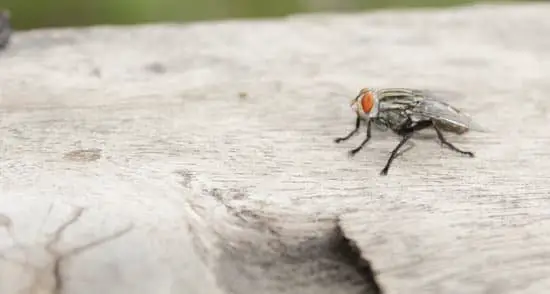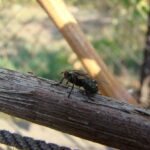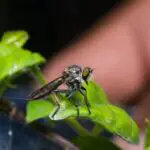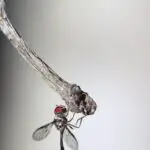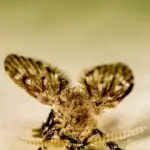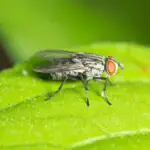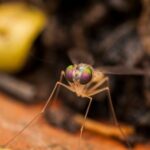How Many Flies Can One Fly Produce?
In the average fly’s life, a female produces between 50 to 500 eggs. These eggs are 1.2mm long and are laid singly or in groups. The eggs are fertilized by the male fly. Flies lay their eggs on decaying organic matter in warm, moist areas. The eggs hatch within eight to twenty hours.
Fly larvae are about two mm long when they hatch and grow to about five mm in size before they start moulting. The larvae feed on animal carcasses, garbage, and manure. After the larvae have fed, they begin their moulting process, shedding their exoskeleton. Typically, this occurs three times before the fly larvae enter the next stage of their life cycle.
Adult flies are not very long-lived, and their lifespan depends on food sources and environmental conditions. In many cases, adult flies cannot survive in the environment without food. This means that an infestation of flies can quickly grow into a problem. It’s important to know the life cycle of flies so you can fight them more effectively.
While flies can be a common pest in homes, controlling them is difficult. The first step is to identify and eliminate their sources. Flies are attracted to standing water or damp areas. This includes wet garbage and manure, which should be removed frequently. Also, make sure that your garbage receptacles are kept clean and far away from the house. In addition, you should also use tight-fitting lids and well-sealed plastic bags.
